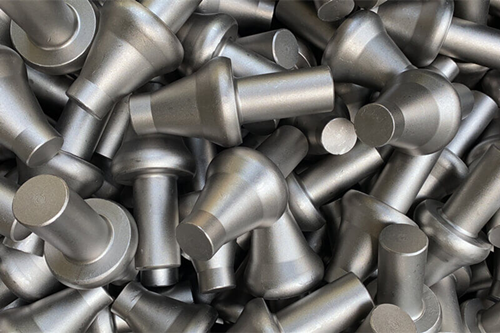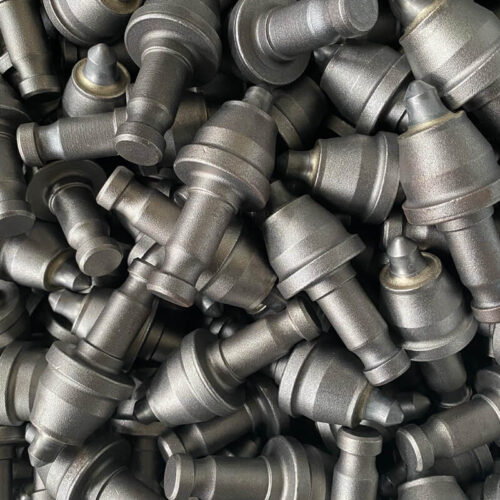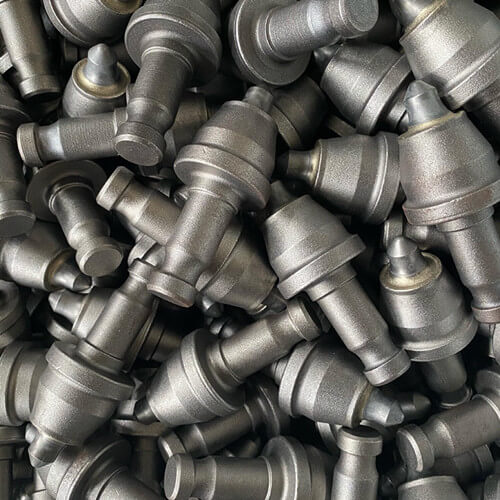Cold forging is a highly efficient manufacturing process that enables the production of complex, high-strength metal components with exceptional precision. Unlike traditional hot forging methods, which involve heating metals to extremely high temperatures, cold forging relies on shaping metal at or near room temperature. This article will guide you through the steps of the cold forging process, shedding light on its significance in modern manufacturing.
Step 1: Material Selection
The first step in the cold forging process is selecting the appropriate material for the desired component. Commonly used metals include steel, aluminum, copper, and their alloys. The chosen material should possess excellent formability, strength, and other mechanical properties to ensure the final product meets the required specifications.
Step 2: Billet Preparation
In cold forging, a cylindrical piece of metal, known as a billet, is used as the starting material. The billet is usually cut from a larger stock, ensuring it has the necessary dimensions and volume to be transformed into the desired shape. The billet’s size is determined by the complexity and size of the component being manufactured.
Step 3: Lubrication
To reduce friction and enhance the metal’s flow during the forging process, lubrication is applied to the surface of the billet. The lubricant prevents the metal from sticking to the dies and helps maintain dimensional accuracy.
Step 4: Die Design and Preparation
Cold forging requires the use of specialized dies, which are typically made of hardened steel. The die design is crucial as it determines the final shape and dimensions of the component. The die consists of two halves, known as the upper and lower dies, which are precisely machined to create the desired features and contours.
Step 5: Billet Feeding
The billet is fed into the forging machine, usually a mechanical or hydraulic press, where it is positioned between the upper and lower dies. The machine exerts a tremendous amount of force to shape the metal without the need for heating.
Step 6: Forging
As the billet is positioned between the dies, the forging machine applies pressure, causing the metal to flow and conform to the shape of the die cavities. The force exerted by the machine causes the billet to take on the desired shape, with the excess material being displaced or removed.
Step 7: Finishing Operations
After the forging process is complete, the component may require additional finishing operations to achieve the desired surface texture and dimensional accuracy. These operations may include trimming, machining, drilling, grinding, or heat treatment.
Facts Newbies Should Know About Cold Forging
Cold forging, also known as cold forming, is a metalworking process that shapes metal parts at room temperature without the need for high heat or molten metal. Cold forging is commonly used to produce high-strength, precise, and complex metal components, such as bolts, screws, fasteners, automotive parts, and hardware items. It improves the mechanical properties.
Check out https://www.coldforgingchina.com for the best cold forging products.



